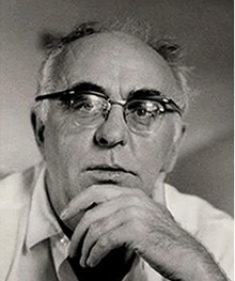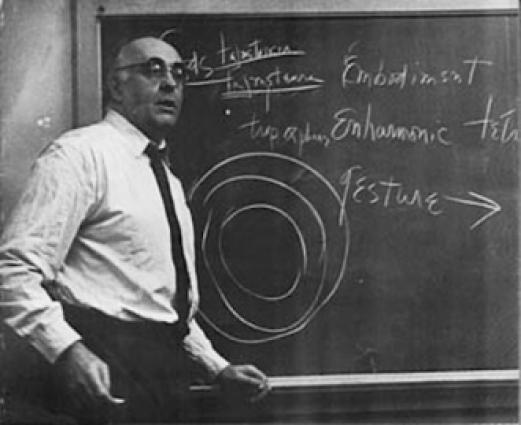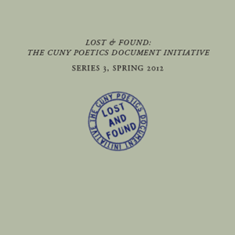Editor: Michael Seth Stewart
Part I: 63 pages, softcover, saddle-stitch binding
Part II: 61 pages, softcover, saddle-stitch binding
In 1955, the 21-year-old “would-be poet” John Wieners wrote to the struggling Black Mountain College, asking to be admitted so that he could study with the great Charles Olson. He received a telegram right away offering him a loan to cover tuition, room, and board, beginning a powerful relationship that would last until Olson’s death fifteen years later. This two-volume set of their correspondence, “the sea under the house,” allows us to follow this relationship from its mentor/student origins through the vicissitudes of their friendship, one that shaped both men irrevocably. “Art is more than a matter of natural idiosyncrasy,” Wieners wrote in one elegy for his friend, in 1972. “You were the goddamnest biggest meteor to crash across these skies.”
Author Biographies:
CHARLES OLSON was born in Worcester, Massachusetts, in 1910, and grew up spending summers in nearby Gloucester, his eventual home and the center of his epic series The Maximus Poems. After graduate work at Wesleyan and Harvard Universities, Olson worked first for the American Civil Liberties Union and then the Office of War Information in Washington, D.C., in the Foreign Language Division, ascending to Assistant Chief. Olson worked for the Democratic National Committee and the Roosevelt campaign, but grew disillusioned after Roosevelt’s death and Truman’s rise to power. In 1945 he gave up government work for poetry, moving to Key West, where he discovered Ezra Pound through Hemingway’s own copy of Personae. His first book, Call Me Ishmael (1947), emerged from his work at Harvard in the 1930s in the new American Civilization program, and was a provocative investigation of Herman Melville in light of newly found materials, including Melville’s own edition of Shakespeare. From 1951 through 1956 he served as professor and then rector at western North Carolina’s experimental Black Mountain College, where he taught and befriended John Wieners. After Black Mountain, Olson settled in Gloucester, except for two years in Buffalo, New York, where he directed the State University’s new poetics program. Throughout these post-Black Mountain years Olson continued to work on his Maximus Poems, which remained unfinished at the time of his death. One of Olson’s most enduring contributions to American poetry was his 1950 essay “Projective Verse,” which linked the line to the breath and set the terms for an “open-field” poetics, “one perception immediately and directly (leading) to a further perception.” He died in 1970 and is buried in Gloucester.
JOHN WIENERS was born in 1934 to blue collar, Irish Catholic parents in Boston. After graduating from Boston College, he was drawn to Black Mountain College, where he studied for two non-consecutive terms alongside Michael Rumaker and Ed Dorn in workshops taught by Charles Olson, Robert Creeley, and Robert Duncan, all of whom became lifelong friends. Between semesters, when he returned to Boston with his firefighter boyfriend Dana, he worked at the Poets’ Theater in Cambridge, where he befriended Frank O’Hara and saw one-act plays of his own performed. After Black Mountain, Wieners moved to San Francisco, where he wrote his breakthrough book, The Hotel Wentley Poems. On a return trip to the east coast, his parents hospitalized him for his emergent mental illness, the first of several institutionalizations. With the exception of a short time at the State University of New York at Buffalo while Olson was chair, Wieners lived the rest of his life in Boston, most of it in a sunny apartment on Joy Street. He died on March 1, 2002. In his elegy “For John Wieners,” Robert Creeley described his friend:
"Sweet, you might say, impeccable gentleman, like Claude Rains, his Boston accent held each word a particular obligation and value. I see his face as still a young man, in San Francisco, hearing him talking with Joanne, hearing him talk with Joe Dunn, with friends."
Selected Archives:
- Wieners Papers, John J Burns Library, Boston College, Boston, MA
- Olson Papers, Thomas J. Dodd Center, University of Connecticut, Storr, CT


